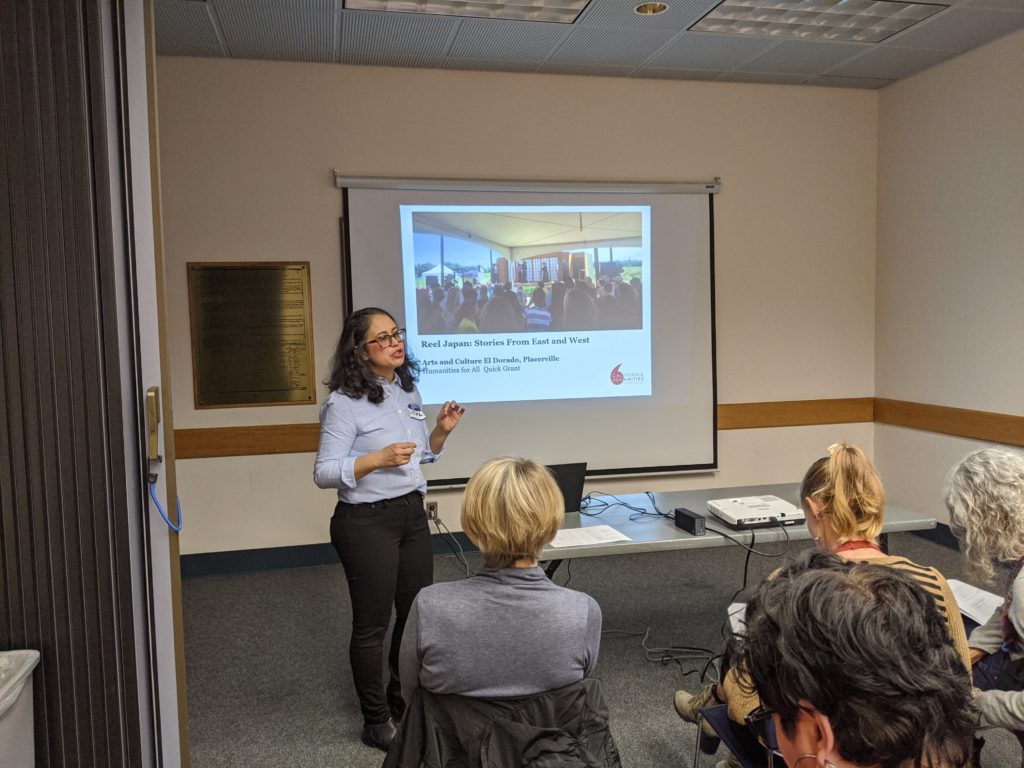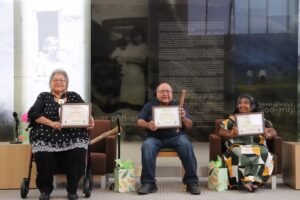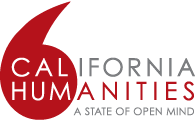What makes a proposal stand out? What do funders look for? Every year, we travel to different parts of California doing workshops for interested grant applicants. One of the resources we like to share during these events includes a handout with helpful tips about grantwriting. Below is a summary of these tips, as well as a helpful handout, compiled by Project & Evaluation Director Felicia Kelley. We hope these will prove helpful when applying for California Humanities grants as well as support from other funders. Keep in mind that specifics will vary greatly, so always try to get as much information about the grant guidelines as you can.
- Project Relevance
- Ask yourself honestly: Is my project a good fit with the priorities of this funder/grant program?
- Look at:
- Funder’s mission
- Grant program purpose
- Grant guidelines & requirements
- Program, funding, and organizational history
- Other website resources
- Colleagues and previous grantees
- Contact a Program Officer for more information
- Look at:
- Responsiveness, Completeness, and Thoroughness
- Tailor your application to the funder’s guidelines (and format if provided)
- Provide only information and materials that are requested
- Make sure your application package is complete—check before you submit!
- Clarity and legibility
- Aim for simplicity, directness, and clarity of expression
- Avoid filler, exaggeration, and clichés
- Back up claims and assertions with facts and reasoned arguments
- Allow time for review and editing
- A Sense of Audience
- Know your audience – keep them in mind as you write
- Be cautious about overly specialized language (jargon) unless your reviewers are experts
- Steer clear of potentially loaded language or unfamiliar cultural references
- Provide enough information (context) for your audience to understand the key elements of your project
- Proportionality and Feasibility
- Be realistic about project scope, scale, and duration
- Don’t overpromise
- Show you have a plan to secure needed resources (fundraising, internal support, etc.)
- Consistency
- Make sure ideas and information presented in one part of the proposal are supported in the other sections
- Align budget, timeline, personnel with proposed activities
- Purpose and objectives should align with evaluation and outcomes
- Consider having an editor-in-chief on collaborative proposals
- Appearance
- Pay special attention to summaries and project overviews—first impressions matter
- Make sure your document(s) look presentable
- Less (text) may be more effective than more
- Make sure your documents are legible
- Organize supplemental materials for reviewers’ convenience and ease
- Listen and Learn
Ask for review comments and other feedback from the Program Officer—this is an important learning opportunity. We often have grant applications that weren’t funded the first time, but because feedback was used to improve the request, were successful the next time.





